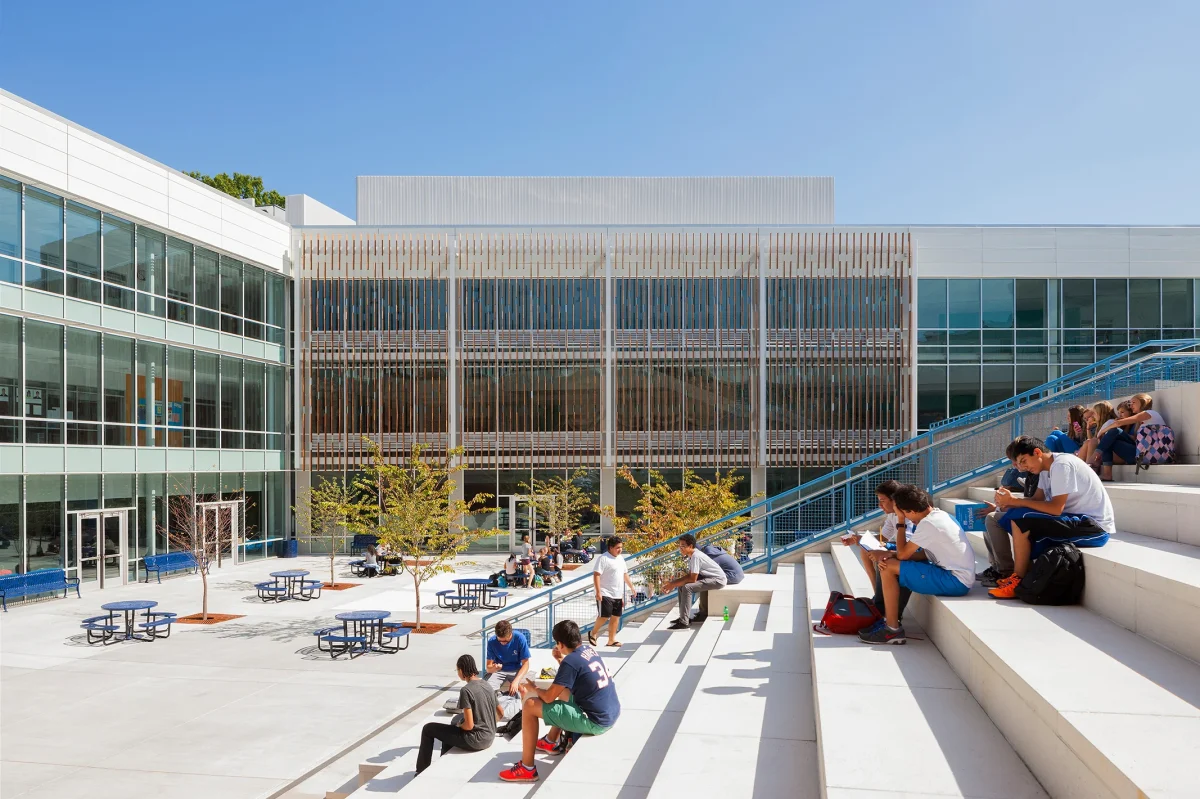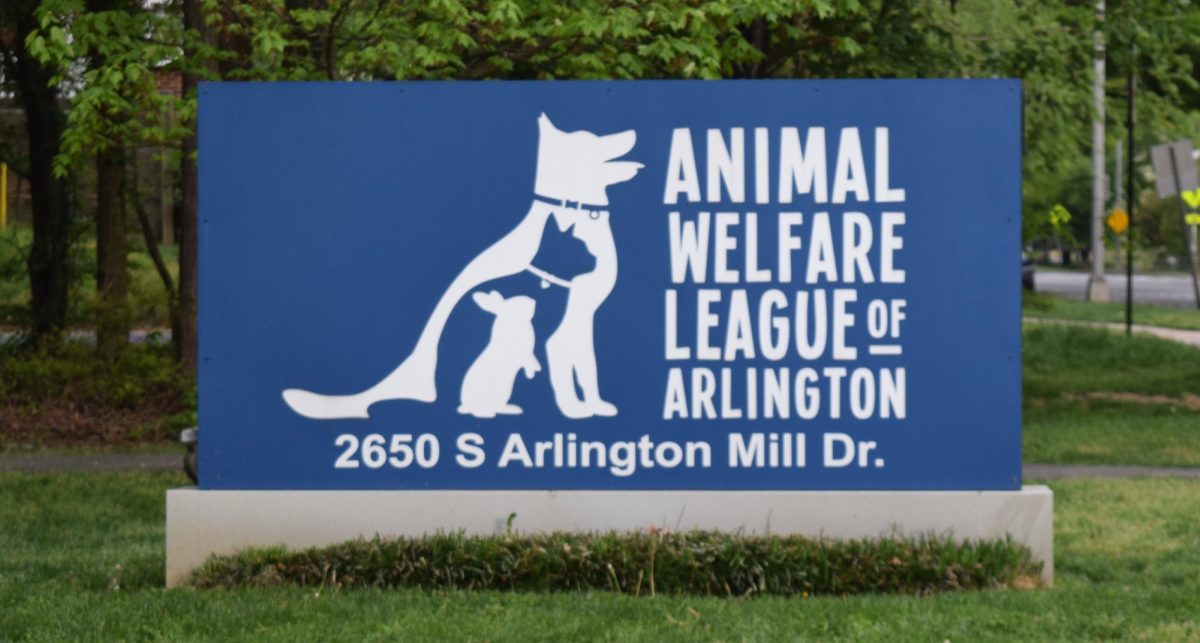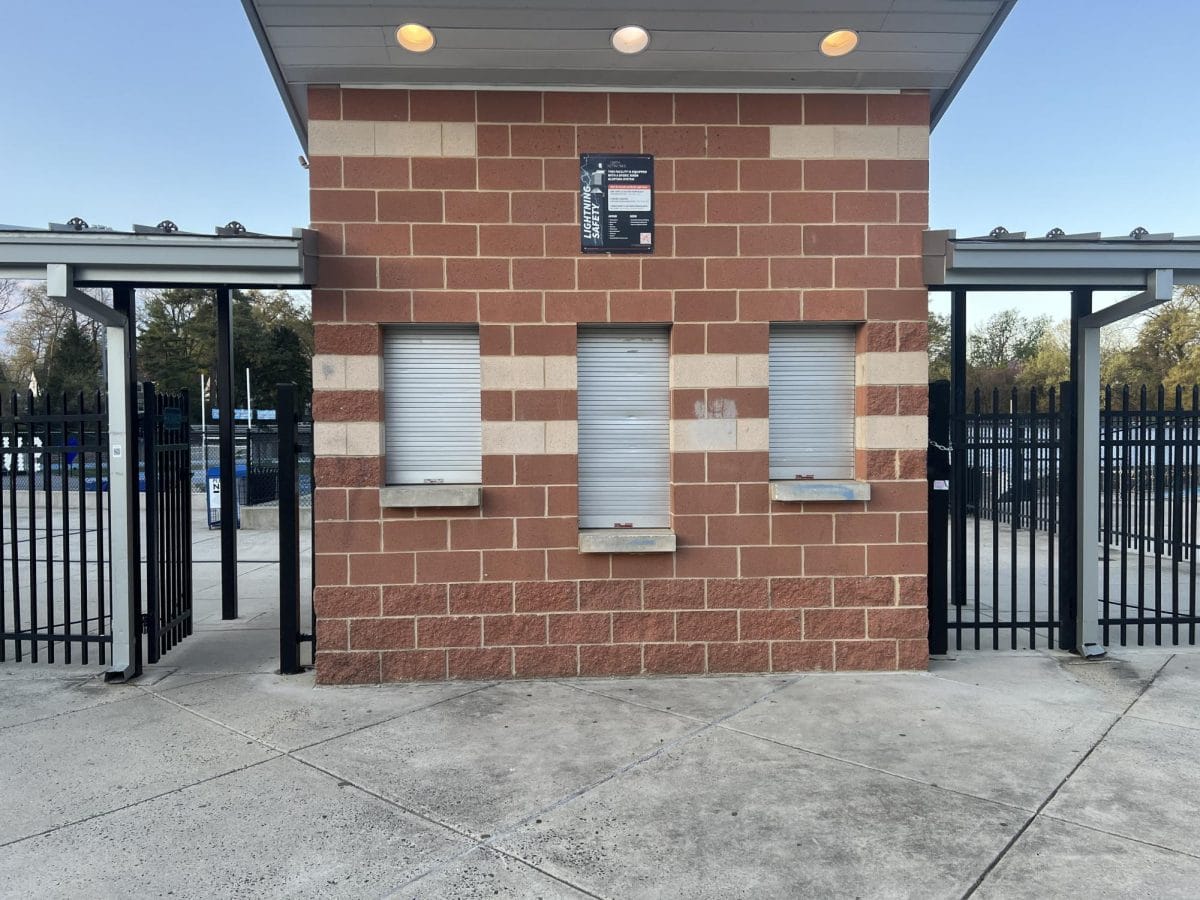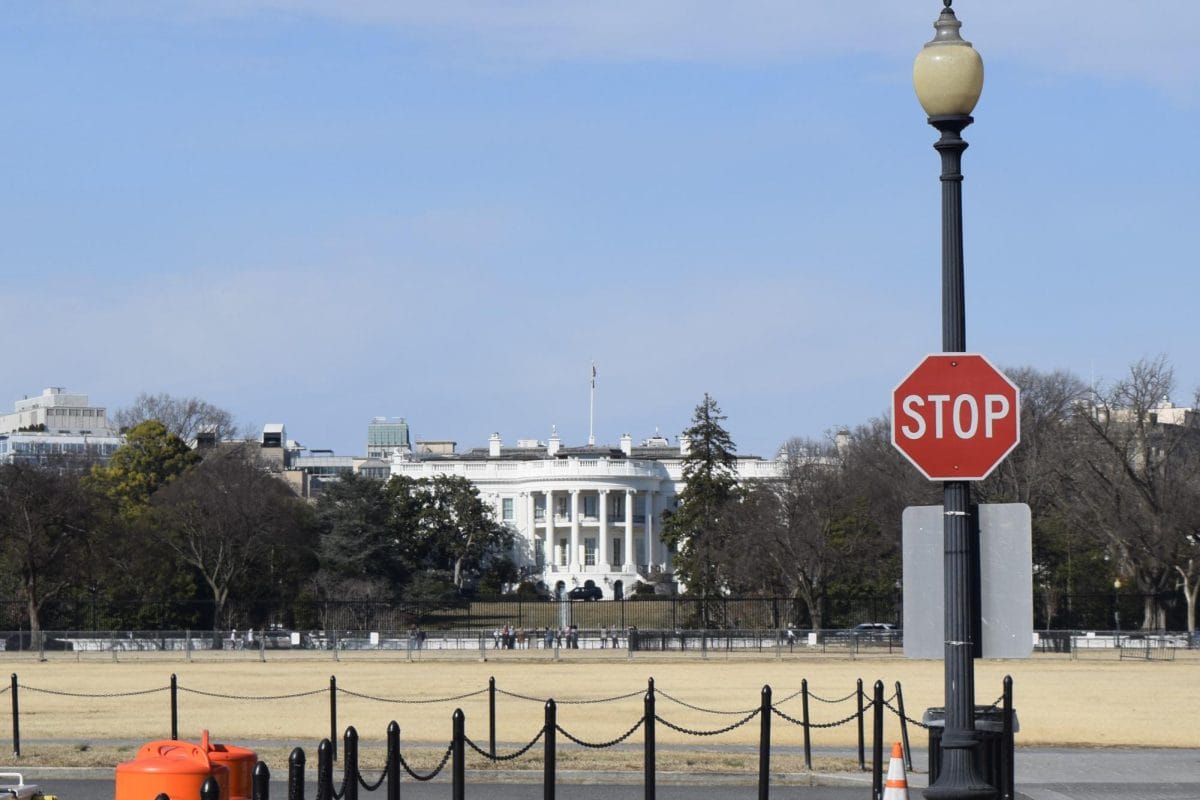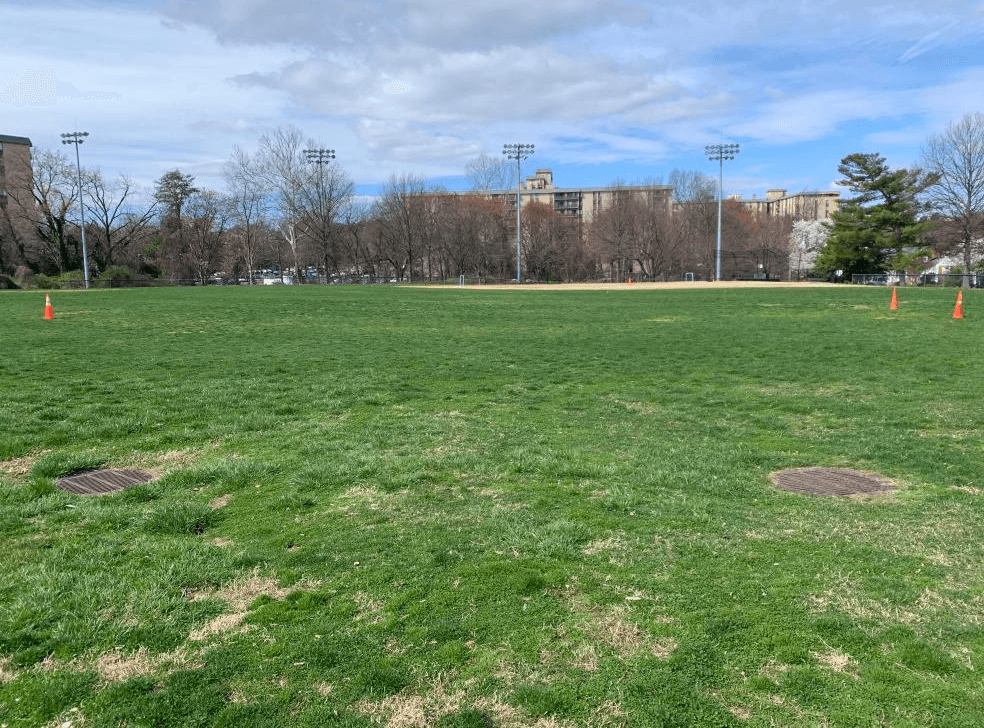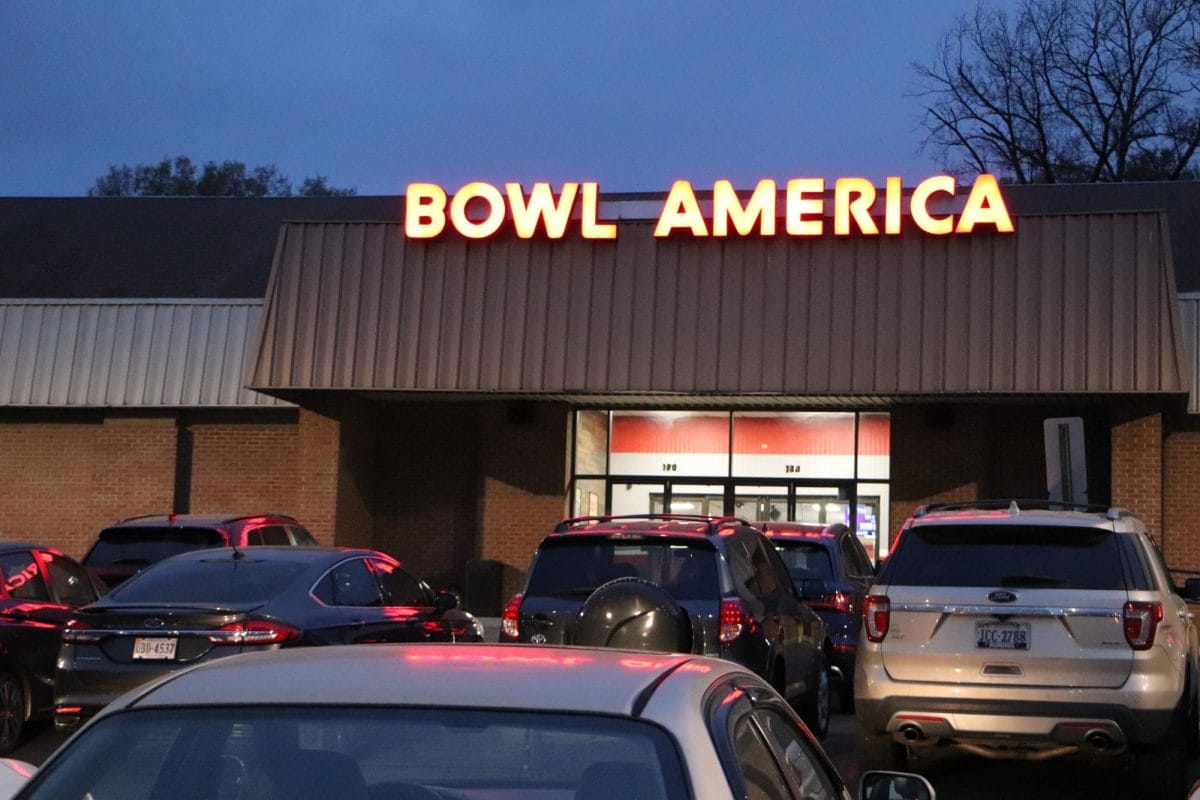Barely two miles from our school stands a grim remembrance of Arlington’s dark past: a stone-gray wall, now a historical marker, that once separated black residents from white residents. The blunt, shameful reminder of racial segregation sits on the edge of the historically black Halls Hill neighborhood, a tight-knit community whose tribulations are often left out of our school’s history classes.
The community, while officially renamed High View Park years ago, is referred to as Halls Hill by the families that have resided there for decades. The property, once a plantation, became the sole living option for many black families in the post-civil war era. After the war, white men began to purchase strips of the ex-plantation to convert to farms. These men hired black laborers in exchange for a residential shack on their property. In 1881, when black people were granted the right to purchase land, several properties were procured by the few black families that could afford it and the strips of land came to be known as Halls Hill. While other self-contained communities of color existed outside of Halls Hill, in the 1930s Arlington signed a mandate that required all housing to be connected to the sewer system but would not allow black homeowners to connect their properties. This led to mass migration towards the sewer-connected neighborhood of Halls Hill.
Gratitude, hard work and faith are the sacred pillars adopted by the residents of the neighborhood that helped them endure difficult social and economic circumstances. While Arlington is viewed today as a progressive county, this was far from the truth in the era of Jim Crow. Halls Hill inhabitants suffered substantial amounts of pushback from white residents in their quest for desegregation. From poor hospital care to being prohibited from shopping in white-owned stores, Halls Hill’s residents faced segregation that was rooted deeper than the wall. However, the fundamental pillars of the community proved to be a successful aid in the fight for equality.
When the Great Depression came to a close, from an economic perspective, things were looking up for black people in Arlington. Most held service jobs such as laborers, maids and waiters for white businesses and families. Yet, Jim Crow was thriving in the South and Arlington was no exception. Black Arlingtonians were entrusted with jobs the county could not function without, yet they were still without quality and equitable education. In the wake of the Brown vs. Board of Education decision, a bold attempt was made by many white inhabitants of the county to prohibit the integration of schools through every legal avenue. However, Halls Hill citizens rallied together, and their children became the first black students to attend an all-white school in Arlington.
This display of resilience demonstrates the true value of the Halls Hill community as an indispensable chapter of Arlington’s history. The residents were true change-makers, having helped shift the political climate of Arlington in the 1960s towards an inclusive county. Residents of this small neighborhood were at the forefront of every protest after the desegregation of Arlington schools, from causes as small as integrating movie theaters to electing the first black county official. Moreover, they made tremendous strides in the development of Arlington as a county such as the organization of the first black-owned bus by Suzanna Hicks and creating the county’s first fire station, Fire Station #8. These accomplishments were no easy task for the residents who still received pushback well into the ‘70s, but with the fundamental pillars and fostered religion, they persevered.
The tight-knit community was prohibited from worshipping in the same churches as white Arlingtonians but faith, being one of the fundamental pillars of the neighborhood, was a necessity for the residents. For years they practiced in residents’ houses, using religion as motivation to overcome every hardship thrown their way. Finally, after years of at-home worship, the residents founded Calloway United Methodist Church, which still stands today. While the church was a beacon of hope for the residents in the 1900s, today it spreads the message and teachings of the Halls Hill community.
Today, Halls Hill’s inhabitants have established and maintained fundamental organizations in Arlington like the John M. Langston Citizens Association, which represents the citizens of Halls Hill and promotes the spirit, communication and welfare of the residents. Along with still-standing institutions, several prominent figures in Arlington history were residents of Halls Hill, including Lillian E. Brown, who was a celebrated activist in the civil rights movement.
Our county has come a long way since the trials faced by the occupants of Halls Hill. The residents truly shaped our county into what it is today. For those who live there, Halls Hill is more than a place of residency but rather a sanctuary filled with rich history and a deep sense of community.











